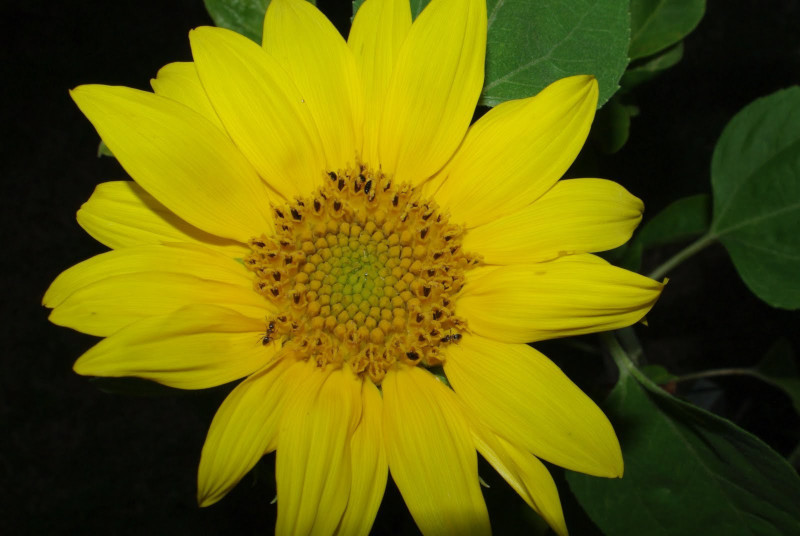Schweinitz Sunflower Facts
- Most notably, the dazzling plant with the hard to pronounce name, the Schweinitz’s Sunflower remains an extremely rare variety of sunflower. Truly regrettably, this magnificent species also possesses an extremely limited habitat range.
- Quite understandably, the United States Forest Service places the species on its list of species to watch. In fact, it currently lists the plant as Endangered. As a result, however, the species has full protection by both local and federal law.
- Furthermore, to the knowledge of researchers, only 90 populations of the lovely sunflower currently exist. In addition, these all contain scant numbers of individual plants. That’s because these average fewer than 40 individual flowers each.
- In addition this beautiful plant also bears the name of the individual who responsible for its discovery. That fortunate individual was Lewis David von Schweinitz. He happened to be a local clergyman and botanist (1780-1834).
- Sadly, the Schweinitz’s Sunflower now finds itself in a perilous situation, facing several threats. Finally, the greatest threats to its continued existence appear to be habitat loss and competition from invasive species.
Related Articles
Schweinitz’s Sunflower Physical Description
Firstly, the gorgeous Schweinitz’s Sunflower qualifies a member of the impressive Aster Family. This family also contains more than 26,000 other species, besides it. Also, like many related plants, this flora evolved as a perennial species.
Further, its stems attain an incredible size. That’s because they average an amazing 6.5 ft (2 m) in length. But, some occasionally attain heights of as much as 16 ft (4.8 m). Unlike most varieties of sunflower, however, the blooms remain relatively small in size.
Uniquely, the long stems actually display a deep purple color, which many consider extraordinary. The leaves grow thick and quite stiff and grow arranged in pairs. Meanwhile, the surface has a rough texture These also develop covered in numerous small spines.
Additionally, the relatively small flowers of the Schweinitz’s Sunflower generally show bright yellow in color. Each remarkable plant also generally produces 3-6 of these flowers. However, each can, and sometimes does, produce more. Also, these plants typically bloom for 2-3 weeks, beginning in early to late August.
- Kingdom: Plantae
- Phylum: Angiosperms
- Class: Eudicots
- Order: Asterales
- Family: Asteraceae
- Genus: Helianthus
- Species: H. schweinitzii
Schweinitz’s Sunflower Distribution, Habitat, and Ecology
Perhaps most notably, the fabulous species known as the Schweinitz’s Sunflower grows endemically in a highly restricted range. Further, this area of habitation also includes a very specific and uncommon habitat type for plants of its kind. That holds true because its only known habitat consists of the Piedmont region of North Carolina and South Carolina, in the United States, in North America.
In addition, most researchers also continue to believe that this sunflower once existed in numerous numbers in regions such as forests and grasslands. Today, however, the majority of its populations actually occur in a most unusual location. That consists of the areas along roadsides. Quite obviously, this situation only further complicates efforts to preserve the fascinating flower.
In addition, the surprising Schweinitz’s Sunflower also appears in the few remaining regions of Carolina prairie. Amazingly, it also prefers to inhabit areas of poor soil, such as regions with high clay content and thrives in either full or partial sunlight. Given that the majority of its remaining numbers exist along roadsides, highway maintenance actually forms another leading threat to its existence.
Species Sharing Its Range
Check out our other articles on 4 Genuinely Gorgeous Grasshoppers, Snowdonia Hawkweed, Kangaroo Paw, Loire Valley, American Crocodile, Red Crested Tree Rat, Eurasian Griffin Vulture

